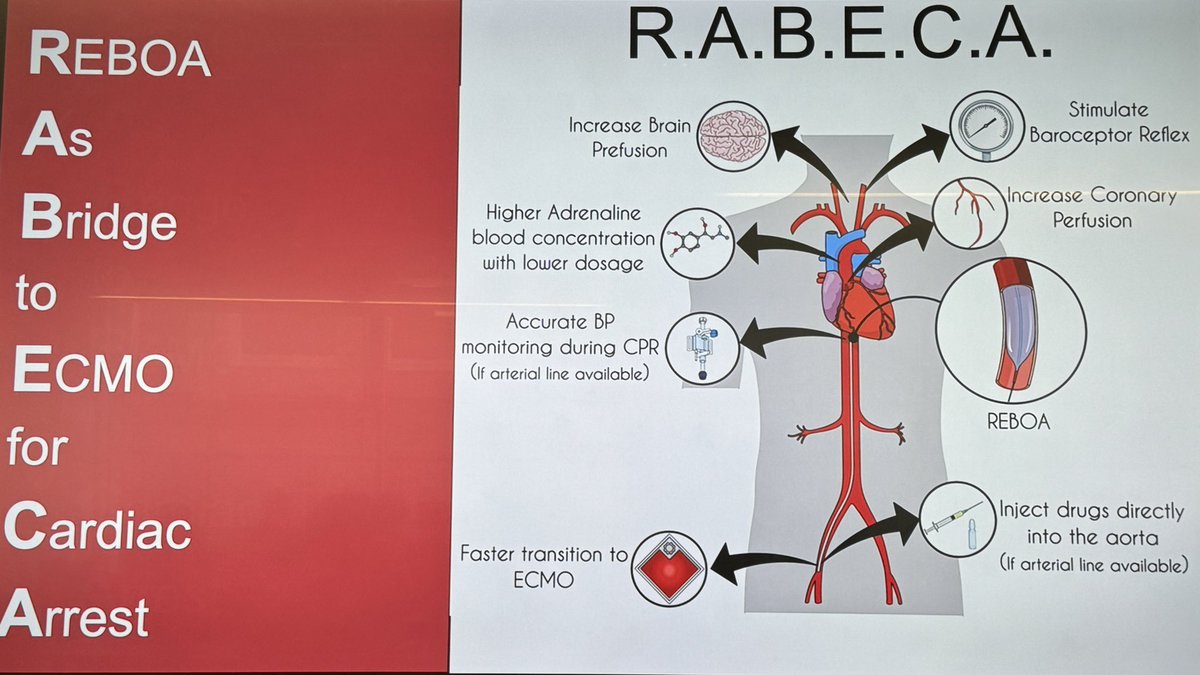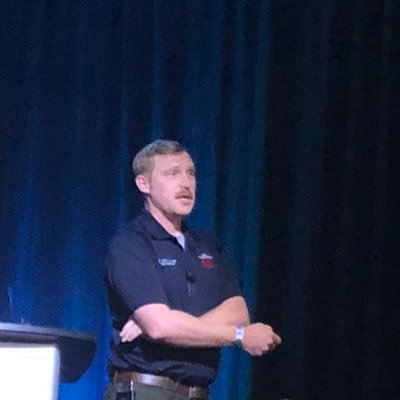
Maarten Colby
@catecolbamine
Followers
22
Following
253
Media
14
Statuses
90
PGY2. Interested in Cardiac Anesthesia and CC. EMT and former ED tech.
WI
Joined April 2021
“You can intubate anyone with a Mac 4. I can also eat my breakfast with a spade, doesn’t mean I should.” - @EMManchester Superior FPS and glottis view with Mac 3 in this study of 979 ICU and ED. #TBS24
https://t.co/IFu9UrgEz0
pubmed.ncbi.nlm.nih.gov
In critically ill adults undergoing TI using DL with a Macintosh blade, patients intubated using a size 4 blade on first attempt had a worse glottic view and a lower first pass success than patients...
8
28
86
Interesting position for detection of aortic dissection @ASE360 @leylaelifsade @JGrapsa @AJamilTajik @ovidiogarciav @escardio @iamritu @alexsfelixecho @Ivan_Echocardio @fiore_corrado @alessia_gimelli @dr_benoy_n_shah @DonalErwan @ecocardio_cl @VictorDayan1 @MAecocardio @argulian
21
242
715
ABCs of CS: Access, Basic hemodynamics, Circulatory Support, Decrease Vasopressors, Early Escalation Takeaways: CS from AMI has high mortality, multidisciplinary teams improve outcomes and early MCS before deterioration improves mortality.
1
0
1
ECMO-CS Trial: VA ECMO in Rapidly Deteriorating or Severe Cardiogenic Shock (SCAI D/E) There was no difference in the very early ECMO versus conservative therapy. The takeaway is implement MCS in these pts before they escalate to severe
1
0
1
Impella CP up to 5.5 Flows of 3.5-5.5 but risks include vascular complications (14-23F) Niche: High risk PCI and moderate Cardiogenic shock A local observational study by Hritani et al noted the hemodynamic yield of the Impella may not be as advantageous as noted by industry
1
1
0
IABP: Cheap and easy but in CS from AMI use is limited Flow: 0.5 Lpm, Shealth size 7-8F Counterpulsation ( decrease afterload and augment diastolic filling)
1
0
1
There are three broad categories for MCS a. Initial support: Impella CP and IABP b. LV escalation: Impella 5.0/5.5, ECMO, tandem heart, Surgical LVAD c. RV escalation: Protek duo and Impella RP
1
0
1
Another hemodynamic marker for pts with CS with concern for RV failure is PAPi or Pulmonary Artery Pulsatility Index. A PAPI of <1 with CS suggest the need for RV MCS support
1
0
2
Cardiac Power Output is the strongest predictor of in hospital mortality. In the SHOCK trial, CPO of less than 0.6 was associated with a mortality of 58%. Using a cut point of CPO <0.6 for MCS initiation is suggested
1
0
2
When deciding to pull the trigger on MCS a number of factors should be considered including Selection: BMI, Able to be on AC, Able to accept large bore access Appropriate: Bridge to recovery or Bridge to DT LAD or OHT MCS Support Needed: Left/Right/Biventricular
1
0
1
CS is not created equal. CS from AMI carries a higher mortality as compared to pts with decompensated HF. HF pts have mechanisms for compensation as compared to a pt with AMI. NCSI data suggest CS in the AMI group, mortality is around 50% compared to 25% in the HF group
1
0
1
The ESCAPE trial showed that PACs in pts with CS had no difference in outcomes; which is unsurprising as the majority of these pts were HF. Whereas in patients with AMI, data suggests that PACs do help drive management and improve outcomes especially in advanced SCAI stages
1
0
1
A Team Sport: CS patients require multidisciplinary teams to achieve the best outcomes. Tabel et al showed decreased mortality with shock teams and importantly no difference in time to MCS
1
0
1
Early Intervention in patients with CS is associated with improve outcomes and less multisystem organ failure
1
0
1
Defining and communicating severity of cardiogenic shock can be challenging across disciplines. Using the SCAI shock criteria helps to clearly convey the degree of cardiogenic shock
1
0
1
Trends in Cardiogenic Shock and MCS: A thread Cardiogenic shock is becoming more prevalent given advances in PCI and Advance heart failure therapies, yet mortality has remained high even with significant advances
1
2
2
4
4
35






















